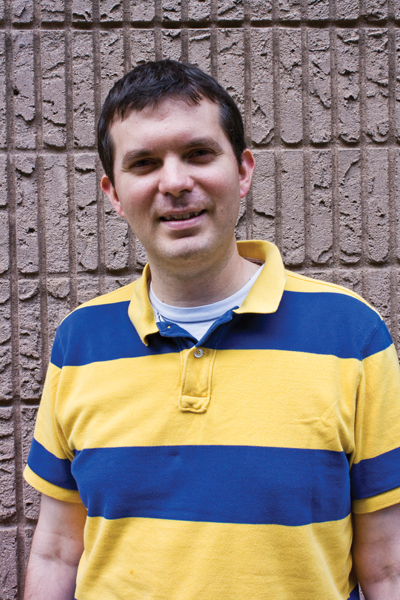 I’m very jealous of the West Philly Hybrid X team. In middle school, I took a Home Ec class for one quarter. My crowning achievement? A loaf of banana bread. In wood shop, I sawed and sanded a less-than-perfect corner shelf—it was promptly lost somewhere in my parents’ attic. Then in high school, nothing. Not a single practical class that would help me when I get hungry, or my apartment needs a repair, or my clothes need mending. And there was certainly no chance to work on a killer car, or compete for a cash prize. Learning how to make, fix and create is an element of education that has fallen by the wayside. In his recent visit to Philadelphia, celebrated urban farmer Will Allen argued that the ability to use tools is the path to empowerment.
I’m very jealous of the West Philly Hybrid X team. In middle school, I took a Home Ec class for one quarter. My crowning achievement? A loaf of banana bread. In wood shop, I sawed and sanded a less-than-perfect corner shelf—it was promptly lost somewhere in my parents’ attic. Then in high school, nothing. Not a single practical class that would help me when I get hungry, or my apartment needs a repair, or my clothes need mending. And there was certainly no chance to work on a killer car, or compete for a cash prize. Learning how to make, fix and create is an element of education that has fallen by the wayside. In his recent visit to Philadelphia, celebrated urban farmer Will Allen argued that the ability to use tools is the path to empowerment.
The young people of the Hybrid X team are clearly on that path. They’ve won award after award, competing against teams from prestigious institutions (sorry M.I.T.—your car just isn’t good enough) and adding to their legend with every improbable advancement. We live in a country that loves underdogs, and a city that considers itself to be one—after all, we’re home to Rocky, one of the best underdog stories ever told.
So, now the big question: How else can we tap into the talents and creativity of our young people? What programs can we develop to help them shine, to expand their potential? Our society in general—and our city in particular—has daunting problems to solve. By educating and engaging our high school students, we can enlist them in this fight.
In his book The Green Collar Economy, Van Jones asks, “What if we built a movement at the intersection of the social justice and the ecology movements, of entrepreneurship and activism, of inner change and social change? What if we didn’t just have hybrid cars—what if we had a hybrid movement?”
Or, in this case, what would happen if every parent who worried about the quality of their child’s education saw a kindred spirit in the folks tackling environmental issues? The Hybrid X team is a compelling argument that this kind of partnership can be incredibly fruitful.
Sustainability requires us to determine what’s truly important, and to properly qualify our assets. Soil, air, water and food quality are at the top of the list. But at the end of the day, our number one resource is each other. If that’s true, involving every segment of our population is more than a feel-good story. It’s what we need to do to survive.
Are you ready for the monthly mention of the rate caps expiring in January? This month Samantha Wittchen talks about the importance of energy audits (p.12). She’s hard at work on the cover story for next month. You guessed it: It’s the Energy Issue!
The summer is a great time to eat, too. I’m eager to order my share of wild caught salmon from Otolith in Fishtown (p.6), and maybe I’ll wash it down with Marisa McClellan’s Watermelon Agua Fresca (p.23).
Avoid steamy summer traffic by taking public transit to the shore (p.18) and explore some of the great places we highlight, ideal for observing coastal wildlife (p.19). But as Billy Brown points out, Philadelphia itself has a wealth of outdoor spaces sure to please the budding naturalist (p.20). Watch your step at the Mount Mariah Cemetary, though; one pack of angry pit bulls might be enough to keep me away.
Alex Mulcahy, Publisher
alex@gridphilly.com


